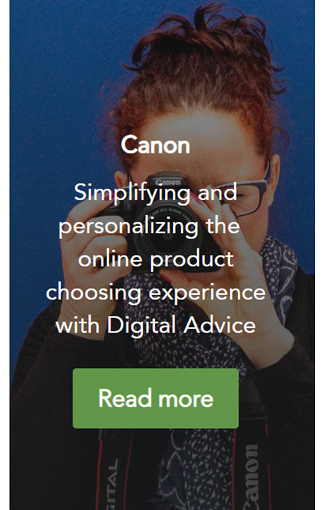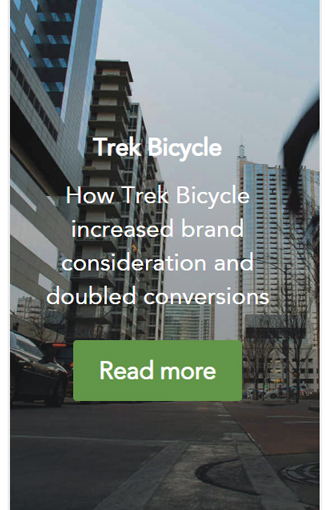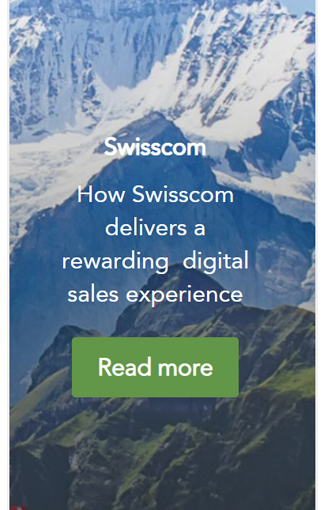Today, an increasing amount of customers is turning to digital channels to self-educate about products and services. They’re either waiting until much later in the buying process to speak with a salesperson or not at all. It means that businesses must rethink their digital engagement strategies to align with the way customers are buying.
The most successful organizations have found the best way to do just that: they increase revenue and reduce costs by providing optimized customer journeys across digital and traditional channels. The Aberdeen Group published an insightful research paper about the business value of optimizing customer journeys. It shows that companies that optimize their customer journeys outperform those that don’t across a significant number of metrics.
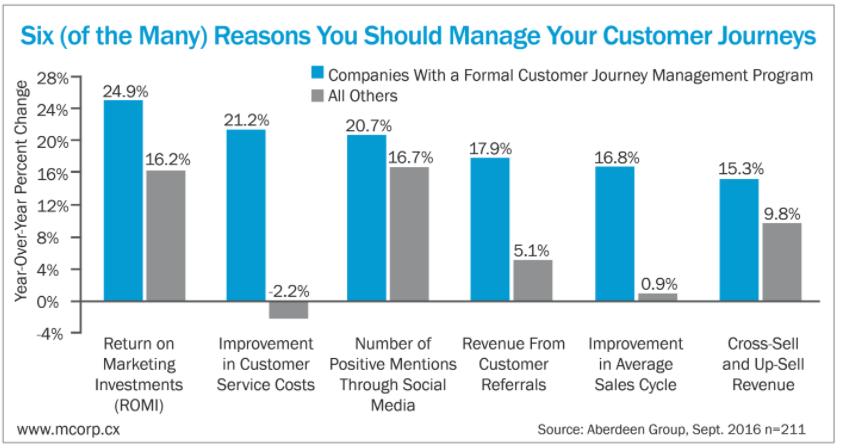
There’s little doubt that optimizing your customer journeys makes sense for your brand and your bottom line, but it’s easier said than done.
Let’s look at the 4 pivotal questions to review as you optimize the customer journey.
1. Are you segmenting your audience into meaningful groups?
In the digital space, everyone who visits your online platforms generates thousands if not millions of data points. It can provide clarity into what your customers truly want to map out the most optimal customer journey.
But as different buyers take different paths and interact differently through different channels, integrating all these data points can feel overwhelming, even impossible.
This is where having the right segmentation strategy can help you organize the chaos. When used correctly, segmentation makes mapping the customer journey less complex and can actually make you money. It helps you learn about your customers, discover what they need, how you should engage with them and how to sell to them while attracting new ones.
Here’s how you can go about it:
- Ensure that you capture and store relevant data that is generated by your online and offline sources to identify who your customers are and how they behave. This isn’t the most fun part, but it’s absolutely essential for everything else you will do.
- Analyze the data to identify customer segments and build personas that focus on motivations as one key dimension. While the first step will tell you who your customers are (Demographics), this step will tell you why they behave the way they do (Psychographics)
- Create customer journey maps (plural!) for each persona. You can use sticky notes, a whiteboard or any other tool (i.e. SuiteCX) to sketch out your customer journey maps. They typically look like flowcharts and describe how customers find you (through which channels?), how they navigate and which actions they take at different stages.
- Next, the fun starts. Build experiences around the customer journey maps. Optimize messages, and map out interactions
- Review and refine. Evaluate the customer journey to see if there are any flaws, barriers or weak points to resolve.
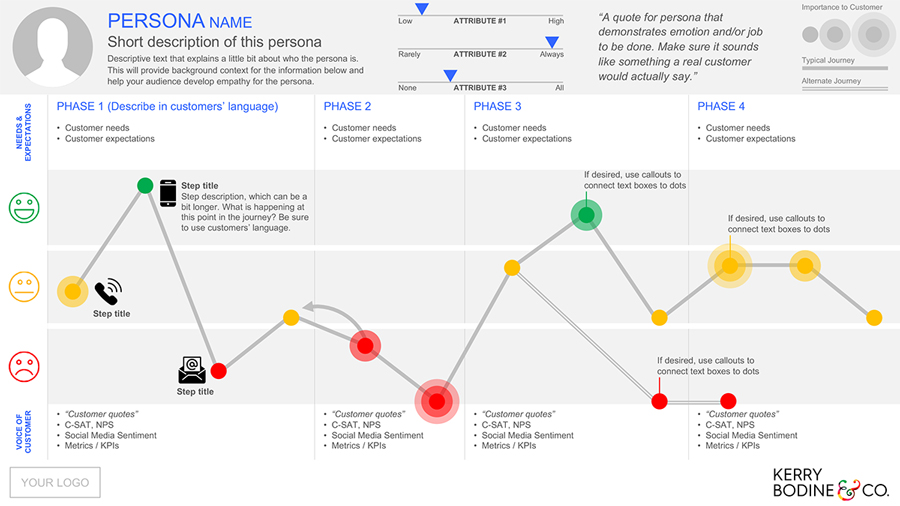
Using analytics and segmentation to build a customer journey map for each persona will help you to answer 4 questions necessary for optimizing the digital customer journey and providing an amazing experience:
- Who (target audience)
- What (offer, product, message, content, script)
- When (contact cadence)
- Where (media and channel)
A well-defined segmentation will not only help you push the right communication, but also understand how to best respond to pull-based interactions:
- a customer lands on your site—what content should you display?
- a customer contacts you via on-site chat—what should the conversation look like?
2. Do you proactively engage buyers?
Not engaging with potential customers at the right moment or in the right way can be a huge conversion blocker and mean a massive loss in revenue.
A buyer who is ready to engage with your company will often do so through a digital channel and expect a real-time response. Failing to engage when your customers need support and assistance can quickly terminate their journey with you or, worse, lead them to an alluring detour to competitors.
To provide you with some inspiration, you can download the following case studies. They describe how leading brands integrated AI-driven, product discovery tools in the customer journey to keep consumers engaged and support their decision-making process.
The results: increased customer satisfaction, more sales, and more qualified leads.
3. Are you attacking the mid-funnel?
Companies usually focus their lead generation programs and tactics on the top and bottom of the funnel. And this can be a problem. Because the glaring question is then: Who focuses on the middle of the funnel?
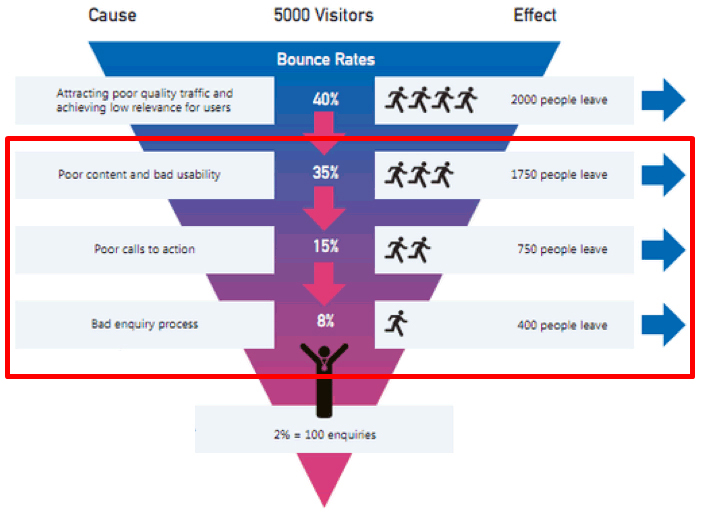
Example of an e-commerce funnel – Source: ShootOrder (Adapted)
Not attacking the middle of the funnel, where the majority of prospects disappear, is the biggest hindrance preventing companies from realizing the full revenue potential from their marketing and sales strategies.
Read more: 4 Purchase Funnel Mistakes That Stop You From Making the Sale
The reality of the digital customer journey is that after the initial engagement, most customers are not immediately ready to purchase. They continue to conduct research, validate products with friends or colleagues, and evaluate cost and need. This process could take days, weeks or months.
You’ll want to be their trusted advisor who guides them on their journey.
Contrary to popular belief, many companies don’t necessarily need to generate more leads. They need to focus more on nurturing and engaging prospects with relevant content as they educate themselves and evaluate their options.
Instead of dumping them into a “black hole”, nurture and engage them in the middle of your funnel through
- Needs-based assistance and support
- Personalized emails with timely and relevant product offers
- Retargeting on relevant channels
- Value-driven ads on social media
- Helpful content on your site
4. And finally, are you offering multiple customer service options?
We’re all familiar with all types of customer service experiences. We know the good, the bad, the tedious. However, there are basic opinions that can help guarantee better customer service, and with recent advances in technology, most of them are cost-effective and intuitive.
Step back and take a minute to think about why customers may seek support. Maybe they have a problem or have a question. Maybe they need help or have suggestions or complaints. You don’t want your customers leaving your site because troubleshooting took too long.
The process needs to be quick friendly and effective. Of course, it’s vital to have phone and email support, that’s a given, but offering alternative resources can truly drive sales and shorten the funnel.
Now that chatbots have taken over such a large portion of e-commerce support, Live chat is starting to become obsolete. More and more companies are giving into AI because chatbots are becoming more human than ever. They’re available 24/7 and offer answers and solutions to almost any question. Customer service is backed by conversational marketing. Whether it’s human to human or human to bot, it’s the conversation that matters the most.
Today, the customer journey and experience you deliver are your most important differentiators. Prioritized, they offer a tremendous opportunity to make your marketing and sales processes more effective and grow sales.

